Multi-FX Vs Single Pedals: Which Is Right For You?
When it comes to playing guitar, you need to make sure your personal effects come in a format that suits your needs. Here, we size up the different options...
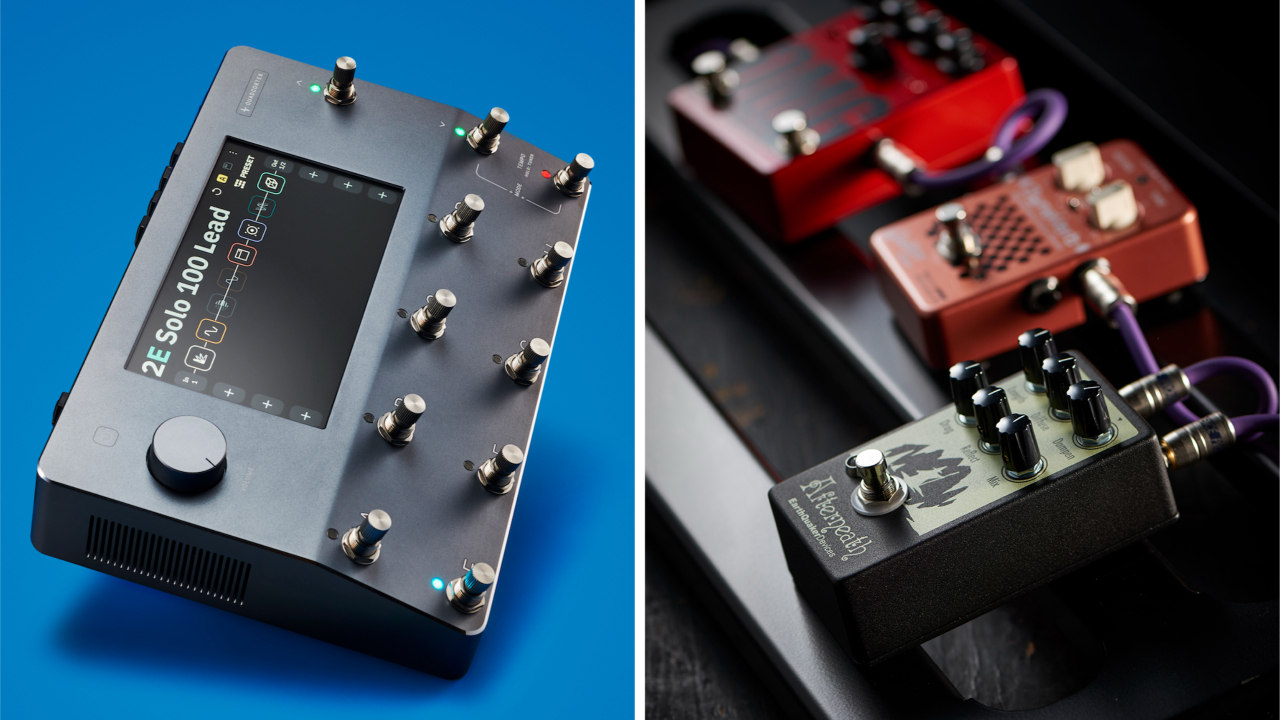
Having a nicely curated selection of effects – large or small – can be a source of great pride for guitarists. But should these take the form of a multi-effects unit or a traditional set of individual pedals on a pedalboard? In this article, we’ll compare multi-FX vs pedalboards, as well as exploring the best examples in each camp.
Multi-FX
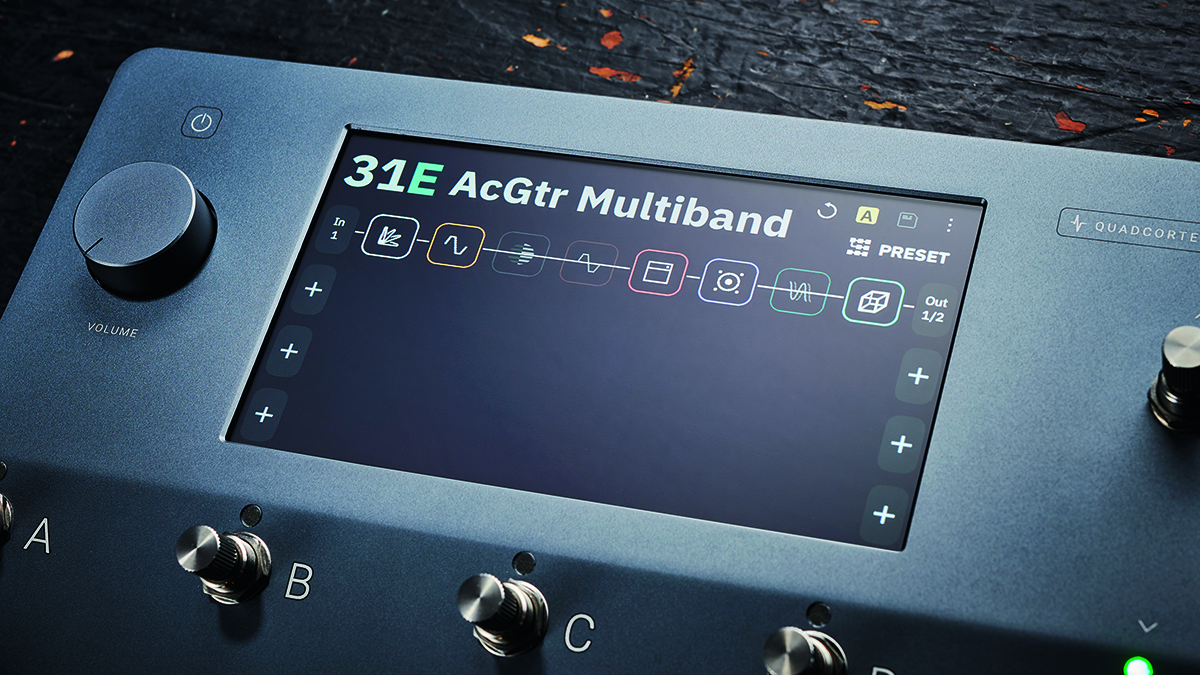
As a concept, multi-FX units aren’t new. In the 1990s especially, product lines from the likes of Boss and Zoom offered a way for guitarists to quickly, easily and inexpensively access a huge range of tones, effects and tools that would once only have been achievable with an enormous collection of individual pedals. But for some, these early offerings never really shook off the tag of being the tool of the beginner.
It’s fair to say that times have changed, though. Multi-FX units such as the Fractal Axe-FX III and the Neural DSP Quad Cortex are, both in terms of functionality and cost, pitched at the high end, with elite tones and signal processing that are akin to having a dedicated supercomputer at your feet. Can they compete with the allure of a board stuffed with individual pedals, though? Let’s take a look.
Pro: All the sounds you’ll ever need
With modern, top-tier multi-FX units, you can guarantee that the sounds you’ll gain access to will explore the outer limits of what’s possible with your guitar: reverbs with tails that go on for hours; guitar amp simulators that are so similar to their real-life equivalents, you’d only be able to tell the difference using an oscilloscope. Forget the idea that multi-FX units aren’t for pro-grade users, because nowadays they’re more than capable.
Pro: They’re intuitive and simple to program
A valid criticism of older multi-FX units was their complex interfaces, where changing a parameter usually meant having to browse countless menus. The Neural Quad Cortex, however, uses the same touchscreen technology as your smartphone, meaning you can easily tweak and tinker. On top of that, it'll connect directly to your computer, enabling you to record or deep-edit in a workflow that suits you.
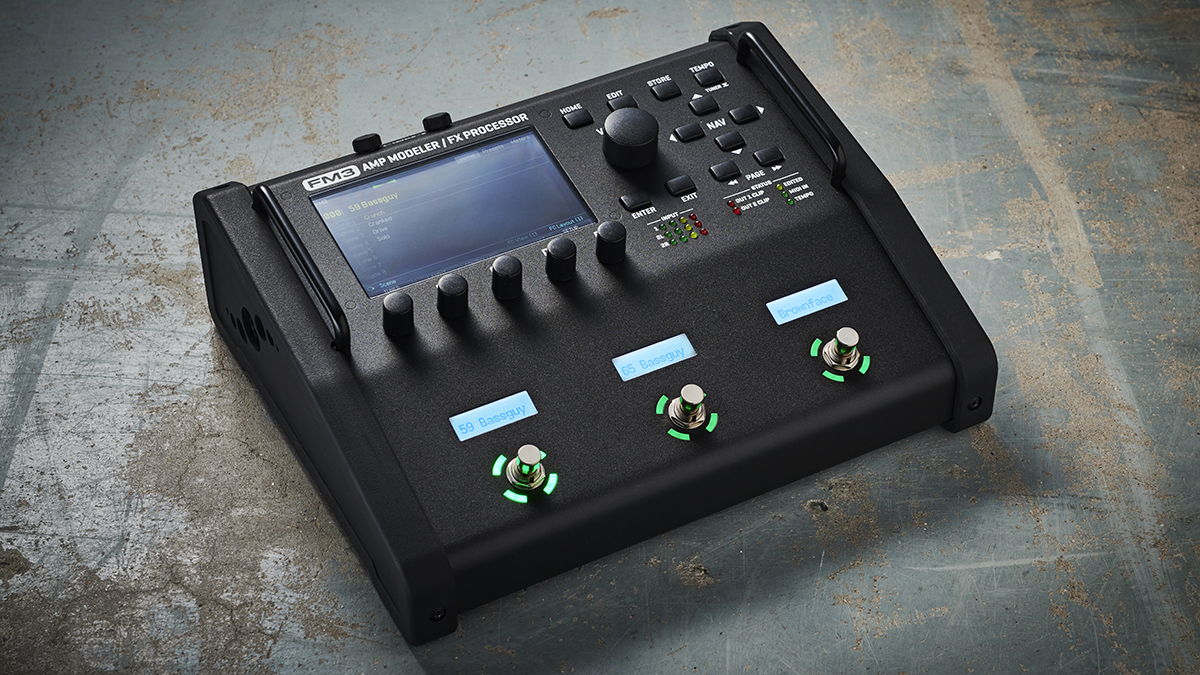
Pro: Power where it matters
If there’s one area in which multi-FX units are a level above individual pedals, it’s processing power. At the top end, they’re almost exclusively digitally powered, whereas regular pedals typically run on analog tech. Think of multi-FX units as advanced, high-spec machines that are dedicated to making your guitar sound great.
As an example, the Fractal Axe-FX III boasts similar specs to a regular home laptop, only without the operating system, software, annoyances or distractions. It can process up to two billion actions a second, meaning you can layer-up as many delays, reverbs, amp sims and cabinet models as your imagination will allow, without breaking a sweat.
Get The Pick Newsletter
All the latest guitar news, interviews, lessons, reviews, deals and more, direct to your inbox!
Con: Perfection is the enemy of progress
Ask any studio-based musician and they’ll tell you the same thing: sometimes, you can have too much of a good thing. Near-infinite sounds don’t always equate to extra creativity, and it’s all too easy to fall into a trap of endlessly tweaking and changing parameters in search of the perfect sound. In the end, you have to rely on your own ability to judge. Is it better to have access to all the tones and not use them, or to want them and not have them?
We can’t criticize the roadworthiness of modern multi-FX units, because they’re designed with the stage in mind and would likely survive being thrown off a cliff. We can’t criticize their usability, because they’re made with simplicity at their core. And we can’t criticize their capabilities, because they deliver sounds we couldn’t even have dreamed of 10 years ago. So, in the end, the only criticism we can level at them is that it’s sometimes possible to have too much of a good thing – and you can judge for yourself if that’s really a fault.
Individual pedals/pedalboard
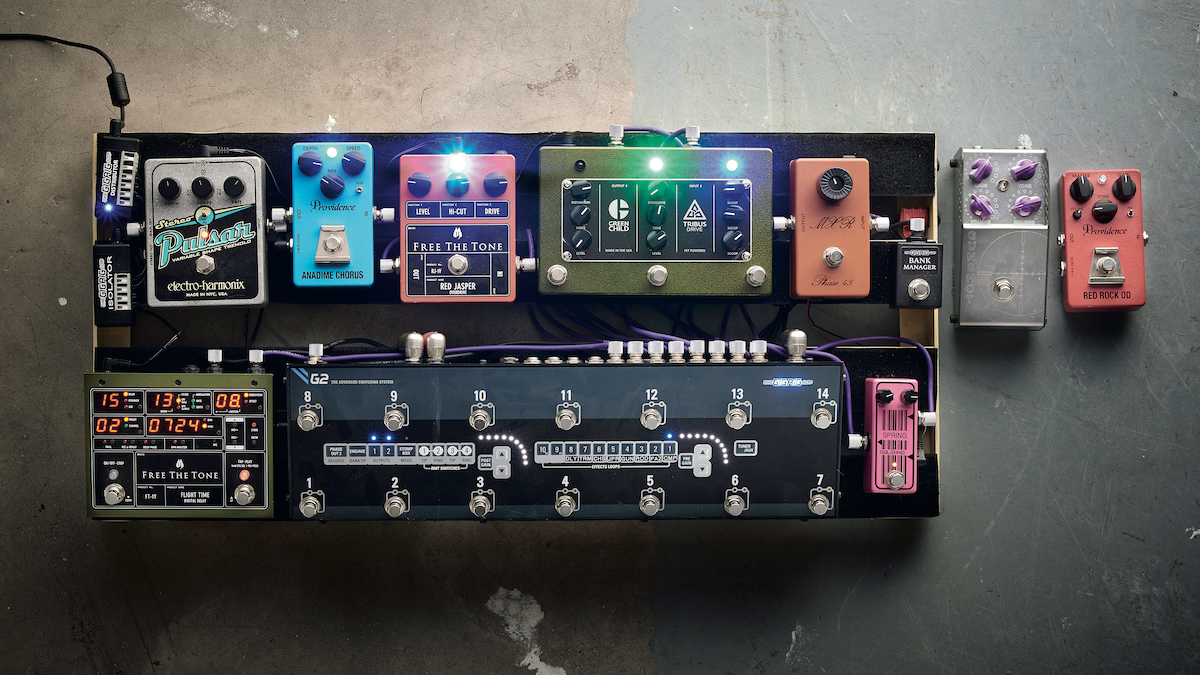
We’ve all seen the pedalboards employed by our favorite artists, stocked to the hilt with rare, obscure and arcane effects that grant those musicians their unique tones. Pedals collected throughout a lifetime, each with its own unique contribution to the big tonal palette.
To earn a place on a pedalboard, a pedal needs to provide the user with something special. If it doesn’t, or if its appeal fades, then swapping it out is as easy as plugging it in was in the first place. A pedalboard is, after all, a meritocracy. But, as the technology and DSP behind modern multi-FX units advances ever further, are we clinging to a relic of music technology? Or do these curious modular collections still offer that same thrill in the modern era of guitar? Let’s look at some of the arguments for and against building a collection of individual pedals.
Pro: A curated effects experience
When you build a pedalboard, it's entirely unique to you. Of all the countless variations of individual pedals, there are, fundamentally, still a relatively small handful of effect types – and therein lies their beauty. Sure, there are pedals that are widely recognized for their otherworldly brilliance, such as the Strymon Big Sky or the Eventide Space. But at the end of the day, a delay is a delay and a reverb is a reverb.
It’s in the small details that things start to differentiate, and by buying a specific pedal you’re making a decision that this exact delay/reverb/drive pedal has the sonic characteristics you’re looking for to achieve the sound in your head. Multiply that with each new pedal you add, and you begin to create something truly unique to you. And that’s pretty cool, right?
Pro: As big (or as small) as you need
There are some players for whom the majority of their tone comes purely from their guitar, amp and fingers. Eric Clapton fits into this category. The former Cream and Yardbirds man will throw in the occasional Dunlop wah, but for the most part employs a limited number of effects, and those he does use are there to achieve a specific sound.
Other players love using pedals. Take John Petrucci, who's so fond of them that brands give him signature models. The beauty of creating your own pedalboard is that you can make the decision for yourself whether you go large and hedge your tonal bets with a wide variety of pedals competing for a place in the signal chain, or stay small and let your amp do the talking.
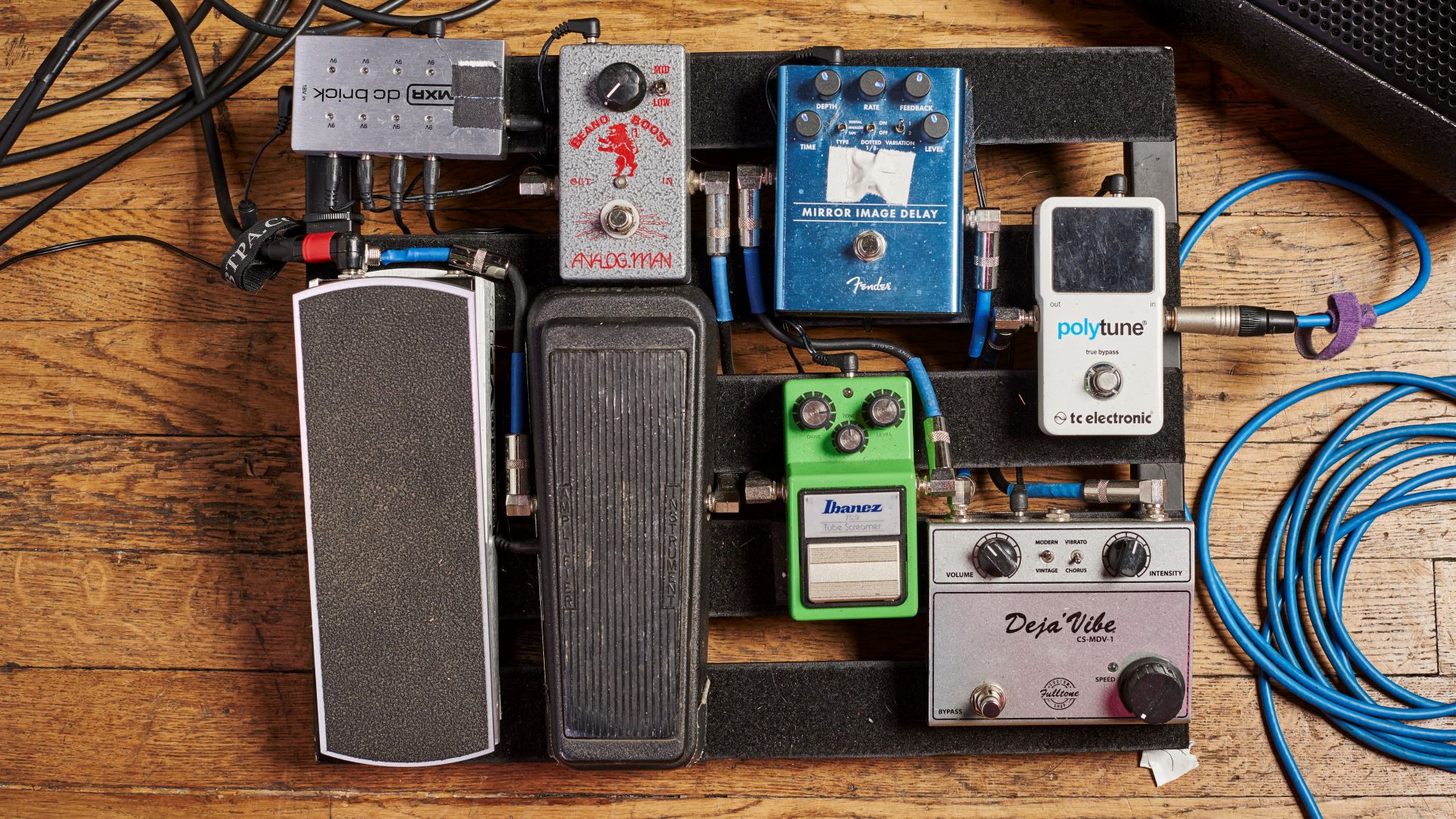
Pro: Collectability
Whether we like to admit it or not, a major part of being a guitar player is the thrill of acquiring new gear. Maybe that’s a specific guitar you’ve had your eye on since you were a teenager, or perhaps it’s an impulse purchase that earned its place in the ‘keep’ pile. Play long enough and you might find that some of those pedals you bought years ago become discontinued or gain a new lease of life. All of which adds to their appeal, along with their value… Boss compacts are a great example; while on ‘regular’ sale they won’t set you back majorly, if and when Boss discontinues them they’ll soar in value on the secondhand market.
Con: Space, time and power
As much as we love pedalboards, and get excited by the endless possibilities they offer, they can quickly become unwieldy, particularly for the gigging musician. You also need to factor in the varying power requirements that your pedals might have. While the latter isn’t a major issue – every board of a certain size should have power distribution factored in – it does highlight the fact that a collection of individual pedals will bring its own considerations and occasional frustrations. Add in servicing and repairs, and the grim prospect of troubleshooting a rogue crackly jack connection, and you can see that the potential for annoyance is there. Is that enough to put you off? Only you can decide...
Multi-FX vs individual pedals: Conclusion
If it were possible to apply a metric to ‘mojo’, and score the two camps, then clearly a well-considered, nicely stocked pedalboard inhabited with both classic pedals from yesteryear and the best that today’s DSP world has to offer would win hands down. Staring down at a phalanx of flashing lights, with their ‘one button per function’ simplicity, is a joyous thing, and offers a degree of choice and experimentation that’s hard to ignore.
On the other hand, modern multi-FX units are phenomenal machines, capable of conjuring up any sound that an individual pedal bank could, with other tools such as recorders, loopers and audio interfaces thrown into the mix. They’re advanced machines, designed with professional users in mind. Beauty, in this context, is in the eye of the beholder, though.
Whatever you decide, and whichever route you deem best, these are good times in which to be a player. On that, we can surely all agree.
Chris Corfield is a journalist with over 12 years of experience writing for some of the music world's biggest brands including Orange Amplification, MusicRadar, Guitar World Total Guitar and Dawsons Music. Chris loves getting nerdy about everything from guitar gear and synths, to microphones and music production hardware.
"The only thing missing is the noise from the tape loop." We review the Strymon EC-1 Single Head dTape Echo, a convincing take on a very special vintage tube Echoplex
"BigSky MX will be replacing the BigSky as my go-to reverb pedal. I’ve heard nothing that covers all the bases with such pristine and detailed audio quality." We crowned the Strymon BigSky MX the champ of multi-reverb pedals











